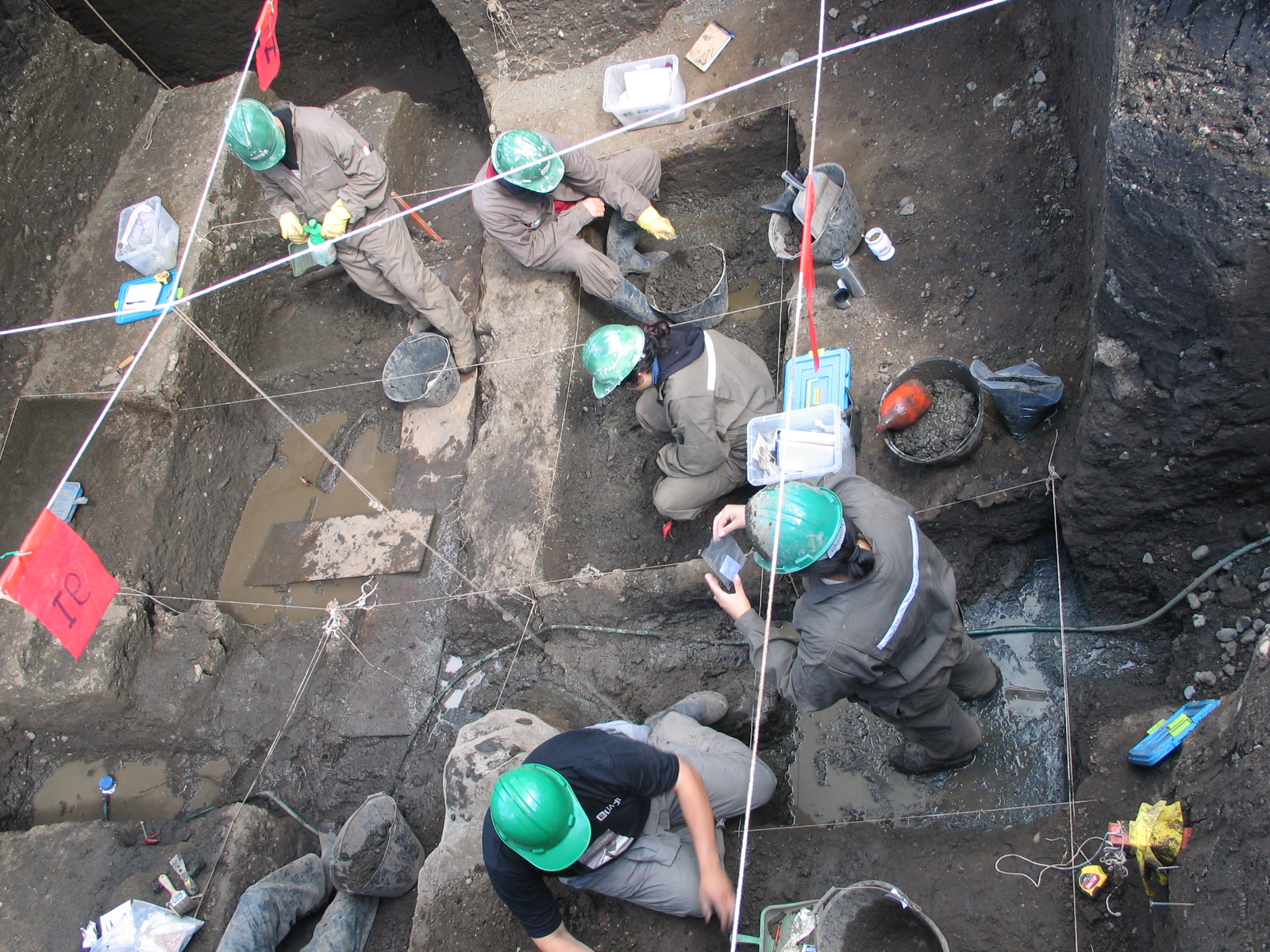- Archaeologists have discovered the oldest footprint ever found in the Americas.
- The 15,600-year-old print was first found in southern Chile in 2011, but now scientists have finally determined that it likely belonged to a human.
- According to a new study, this footprint is evidence that humans were present in the Americas before 12,000 years ago – earlier than scientists previously thought.
- Visit Business Insider’s homepage for more stories.
About 15,600 years ago, a barefoot man traversed the mud in ancient Chile. He left a single right footprint behind in the wet sediment.
Scientists discovered that print at Pilauco, a site in the city of Osorno, Chile, in 2011. At first, researchers weren’t sure if the print belonged to a human or hominin ancestor, rather than, say, a ground sloth gamboling through the mud.
But now, researchers have determined that the footprint was indeed human, according to a study published in the journal PLoS One.
“It’s a kind of footprint that could be made by any Homo species,” Karen Moreno, co-author of the study, told Business Insider. “But the only Homo species around there at 15,000 years ago is Homo sapiens.”
That discovery could help rewrite our timeline of human history: "To my knowledge it is the oldest footprint found in the Americas," Moreno said.
An undeniably human footprint

During excavations of the Pilauco site from 2007 to 2016, researchers also discovered mastodon remains, fossilized insects and mollusks, and human-made stone tools.
Using radiocarbon dating, Moreno and her team determined that plant material found in the same sediment layer as the footprint was about 15,600 years old.
Then, to identify which kind of creature the print belong to, the scientists took x-ray images, measurements, and made a plaster reconstruction. Their findings suggested the print had a characteristic shape - with an arch, a rounded heel, and an elongated big toe - that couldn't have been made by any animal other than a Homo species.
"We did the comparison to all other print shapes of animals at the time, and it's very, very different from mylodons [ancient ground sloths], from birds, from bears that could have been there," Moreno said.

The researchers tested their hypothesis that this print came from human ancestors by simulating the impact of human feet in similar (modern) mud. They asked three people of different body sizes to walk across a sediment bed, and concluded that a human could "easily generate" a footprint similar or equal to the one they discovered.
The study authors don't know why only a single footprint was found, rather than a trackway of footprints, but they suggest that mixing layers of mud might have buried the rest of the prints.
Humans likely came to the Americas earlier than we thought

The Pilauco print provides additional evidence that ancient peoples settled the Americas far earlier than archaeologists previously thought.
For decades, scientists thought the first people to settle the Americas were the Clovis people, who traversed the Bering Land Bridge between modern-day Alaska and Russia before spreading into North America and beyond some 13,500 years ago.
Part of the reason for this theory was that ancient human footprints are rare in the Americas' fossil record. According to Moreno, many footprints might have been destroyed by retreating glaciers as they shrunk at the end of the last ice age, 11,700 years ago.

Until now, scientists thought that the preserved ancient human footprints at Monte Verde, another archaeological site in Chile, were the oldest footprints in the Americas. But those prints were about 1,100 years younger than the footprint found at the Pilauco site.
Both the Monte Verde tracks and the Pilauco footprint were made at least 1,000 years before the date when researchers think the Clovis people first crossed into North America.
This casts doubt on the "Clovis first" theory, Moreno said. "It's possible that people took that same route, but maybe earlier than we thought."

